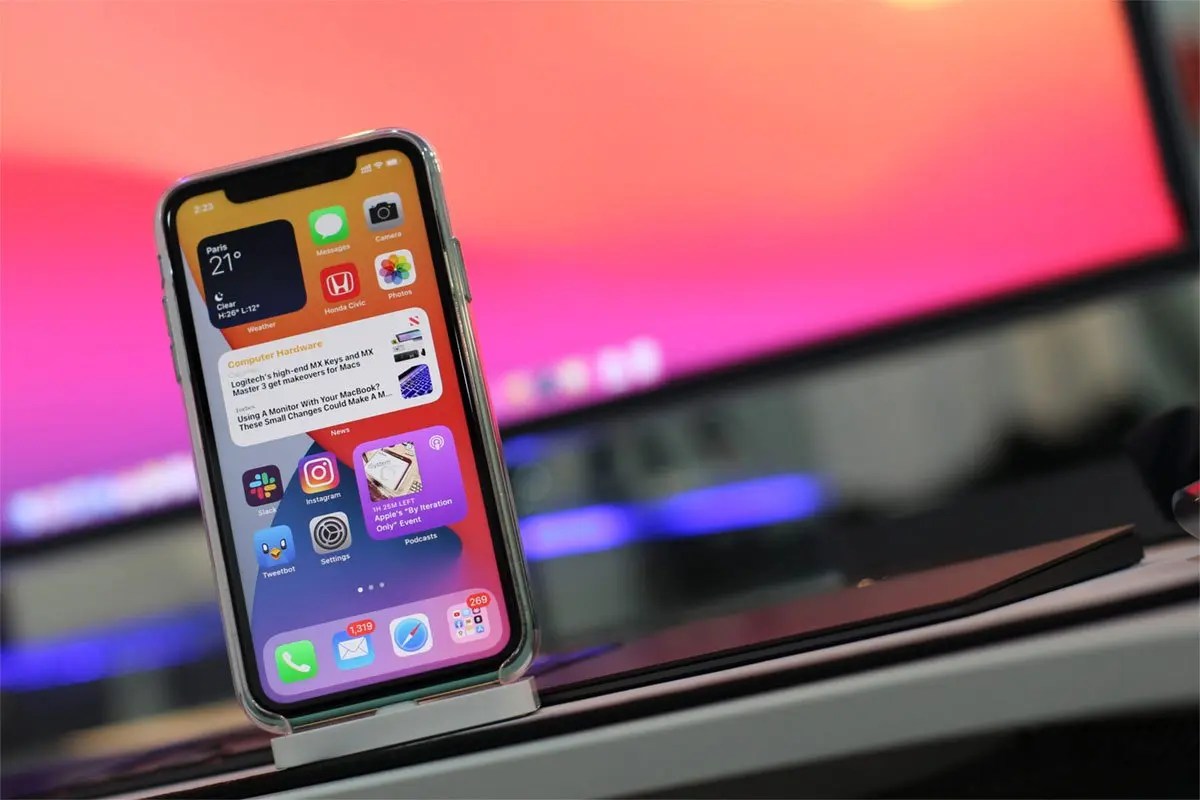How to Enter Field Test Mode on iPhone
What is iPhone Field Test Mode? In this article, we explain what Field Test Mode is and why should you use it. Click to read full guide.
Author:Daniel BarrettSep 01, 202228929 Shares385722 Views

The iPhonehas a hidden “field test” mode that shows all kinds of technical details about signal strength, cell towers, and more. Most of it is not very useful to the average person, but you can make it show your phone’s actual signal strength instead of just how many bars you’re getting.
The signal strength on your iPhone can vary depending on your current location. Even in cities where cell phone towers have density, obstacles sometimes cause cellular signals to be weak.
Things can get even trickier in rural areas, where a single tower may be covering a wide range. Houses with thick walls or basement apartments will have issues due to the penetration difficulties faced by cellular signals.
In any of these situations, knowing your phone’s precise signal strength rather than just a vague range of 1-5 bars can really help you diagnose the problem, and figure out the best way to fix it. This is where your iPhone Field Test Mode comes in handy.
What is Field Test Mode and why should you use it?
Field Test Mode shows cell tower signal strength and other information as numerical figures instead of dots or bars. To find consistent and reliable signal strength, iPhone users rely on this undeniably advanced process for testing a location’s connection quality.
There’s also no standardization for the signal strength shown on your iPhone screen with bars or dots. These vary from one phone to another. From iOS version 4.1, compatible with the old iPhone 4 and 4s, you can read signal strength values with Field Test Mode.
Also read:How to spoof your iPhone’s call history
How signal strength values are measured aside from iPhone bars
When cellular signal strength is measured by professionals, it’s in decibels. This is a logarithmic unit of signal strength measurement, much like the sound intensity metrics of the same name.
Decibels are very precise, and they’re ideal for measuring your iPhone’s signal strength parameters. Here are a couple of things to watch out for when reading signal strength in decibels:
Signal readings measured are valid only for that phone’s cellular carrier. Readings from other providers can be read by using another iPhone with the carrier’s SIM in Field Test Mode.
Entering Field Test Mode to See iPhone Signal Strength
You can access the field test mode on any iPhone. All you have to do is fire up your phone app, dial the following code, and then tap the Call button.
*3001#12345#
Your iPhone will enter a field test mode that offers up several menus of technical measurements. Most of these are only useful if you’re developing phones or testing cell towers.
What you’re after, though, is not on the menu. If you’re using iOS 8 or any earlier version, your exact signal strength is displayed in the upper left corner of the field test screen. If you’re using iOS 9 or later, that reading is replaced with the “Back to Phone” link instead.
To view your signal strength in iOS 9, you’ll use a little trick to replace the bars on your main screen with the signal strength measurement (and you can also do this on earlier versions of iOS if you want). Hold down the Power button until the “Slide to Power Off” message appears, but don’t power off. Let go of the Power button and then press and hold your Home button until your home screen reappears. You should now see the signal strength displayed where your bars used to be.
This change will last until you restart your phone (or until you repeat the process above). You can also tap the signal strength number to switch between signal strength and bars.
Once you have your signal strength visible, you can walk around your home (or whatever location you’re testing) and see the precise signal strength wherever you go. Just keep in mind that strength is shown in decibels and will be on a negative scale (so, a signal of -70 is stronger than -100).
If you notice that your signal strength is weaker inside your home, but reasonably good outside, you may be a perfect candidate for a signal booster. You can even walk outside of your home to find where the signal strength is strongest, so you know the best spot to place an external antenna.
When reading your cellular strength, remember to keep track of the network type your iPhone is connected to. Network types include 2G, Edge, 3G, 4G, LTE, and the new 5G.
While there’s a lot more in the field test mode that might be of interest to developers and cellular techs, being able to see the actual signal strength rather than just how many bars you have can really help you determine the optimal placement for a signal booster. It can also help you test service in certain areas (like your home) on your friend’s phones before you commit to a carrier.
Bottom Line
Make sure you have the strongest and most reliable cellular reception on your iPhone by entering Field Test Mode and reading your signal parameters. If you’re running iOS 8 or an earlier version, what you’re after is displayed on the screen. IOS 9 and later versions will see the decibel reading after exiting back to their phone.
The field test menu display shows several technical categorizations, most of which developers and cell tower testers find fairly useful. And now you can use Field Test Mode to check your signal strength.
Editor’s picks:

Daniel Barrett
Author
Latest Articles
Popular Articles